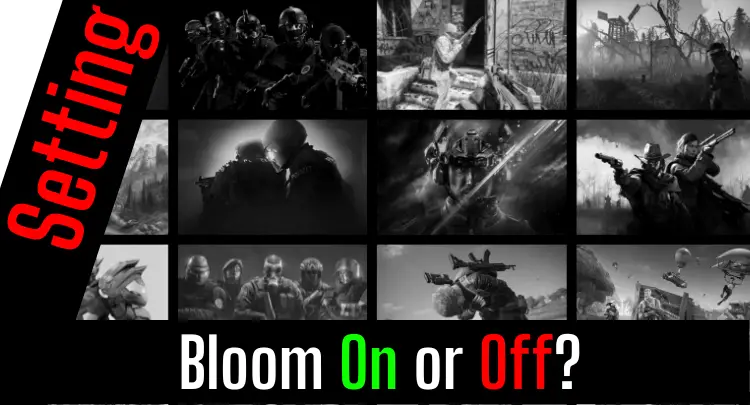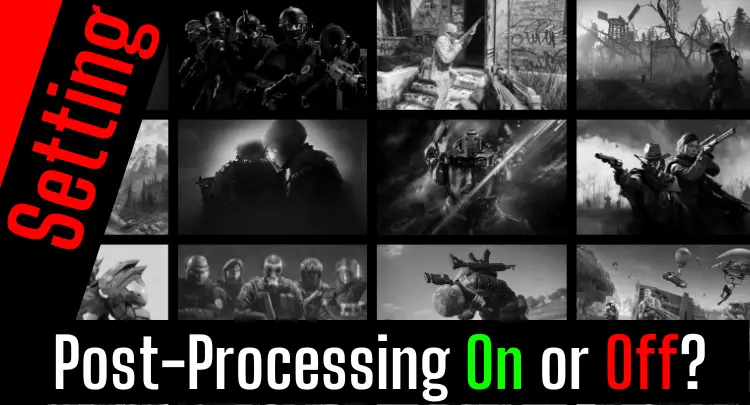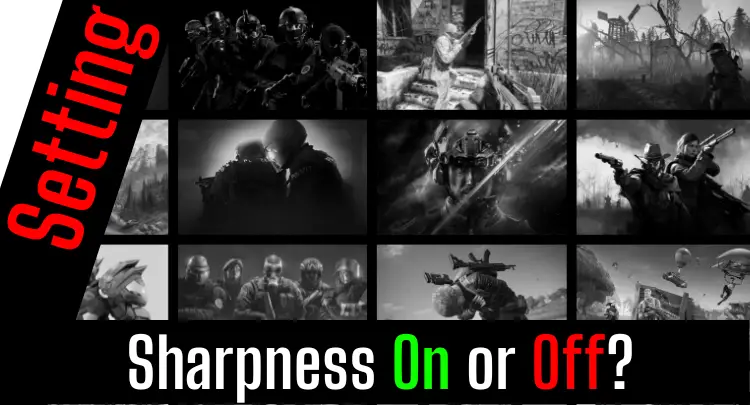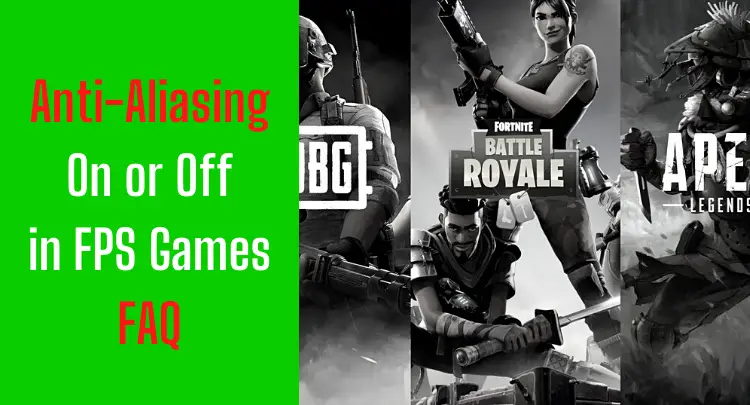There are always two types of gamers in the gaming scene. Some have no idea about software and hardware and just play the game, while others are constantly tinkering with their system and trying to get every little advantage.
I belong to the latter.
It has always bothered me that an opponent might have a technical advantage in 1 vs. 1. That’s why I’ve always looked at all possible settings and spent a lot of time researching and testing to get the best out of my existing hardware.
Of course, the right settings don’t make you a superstar. Your talent, skills, and experience do.
But the thought that my system is running optimally and therefore it only depends on my abilities and those of the opponent has always given me a better feeling and more self-confidence because I did everything that could positively influence my performance. I knew that I was, therefore, difficult to beat.
We’ve already covered various settings options on our blog, and you can find our previous articles on these topics here.
Today we’ll talk about the Bloom setting, which is present in the graphics settings of many first-person shooters (e.g., Valorant).
Let’s go!
Note: This article was written in English. Translations into other languages may not provide the same linguistic quality. We apologize for grammatical and semantic errors.
What Does Bloom Mean in Gaming?
Bloom is a post-processing effect, which means that after rendering the image, the Bloom effect is applied before the image appears on your screen.
Bloom creates a special effect where light escapes from the brighter parts of an image.
This creates the impression that an extremely bright light is overpowering the camera, creating a sophisticated look.
In some games, such as Valorant, Bloom can be found as a separate option in the graphics settings.
Suppose your favorite shooter does not offer this option. In that case, the Bloom effect will probably be one of many post-processing effects that can be set collectively under the Post Processing graphics option (if the game uses Bloom effects at all).
If you’re interested in other post-processing effects, take a look here:
Does Bloom Lower FPS?
Bloom is a post-processing operation that needs to be handled by your system in addition to the standard rendering.
Therefore, the bloom effect will be noticeable in the FPS unless you have a high-end system.
Post-processing effects tend to be GPU-heavy, so that a high-end graphics card will handle such processes much better.
Of course, how much Bloom affects the FPS also depends on the game.
Honest recommendation: You have the skill, but your mouse doesn't support your aiming perfectly? Never struggle with your mouse grip again. Masakari and most pros rely on the Logitech G Pro X Superlight. See for yourself with this honest review written by Masakari or check out the technical details on Amazon right now. A gaming mouse that fits you makes a significant difference!
Does Bloom Increase Input Lag?
As you might have guessed, yes, the bloom effect not only affects the FPS but can also create input lag because the same principle applies here. An additional process for rendering has to be executed by your system afterward. This process takes time, and the weaker your system is, the longer the process takes. This can add up to a few milliseconds.
Comparison Bloom On or Off
Pro:
- More beautiful light effects
Contra:
- Less FPS
- More input lag
- Opponent spotting may be more difficult
Final Thoughts – Turning Bloom On or Off in FPS Games?
Post-processing effects like Bloom have their raison d’être in games with story mode, where you want to enjoy the game’s graphics, and nicer lighting effects certainly contribute to that. In addition, they make the gaming experience more immersive and realistic.
Especially in games outside the first-person shooter sector, the Bloom effect can be enjoyable.
I can think of games like Witcher 3 or the Assassins Creed series, where the Bloom effect was implemented very well.
However, as soon as you enter a competitive situation against other human opponents, nice lighting effects are rather a hindrance because you might see the opponent too late or more indistinctly. In addition, there are FPS losses and increased input lag.
With my history as a pro gamer in CS 1.6 and a competitive gamer in PUBG and Valorant, you can certainly imagine that I’m not a fan of the Bloom effect in shooters because with, for example, over 6,000 hours of PUBG, I’m no longer happy about the great light effect, but only annoyed when, for example, I see worse than my opponent due to the high sun in the game and therefore lose. Every setting that increases such effects is then deactivated, of course.
Every competitive gamer, especially every pro gamer, will disable the Bloom effect immediately after installing and launching a first-person shooter. 🙂
Masakari out – moep, moep!

Former pro gamer Andreas "Masakari" Mamerow has been an active gamer for over 35 years, more than 20 of them in the competitive scene (Esports). In CS 1.5/1.6, PUBG and Valorant, he has led and coached teams at the highest level. Old dogs bite better...






